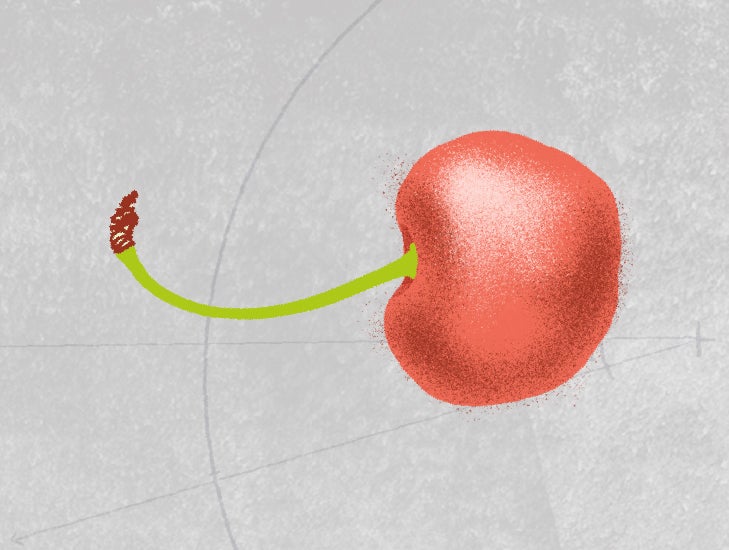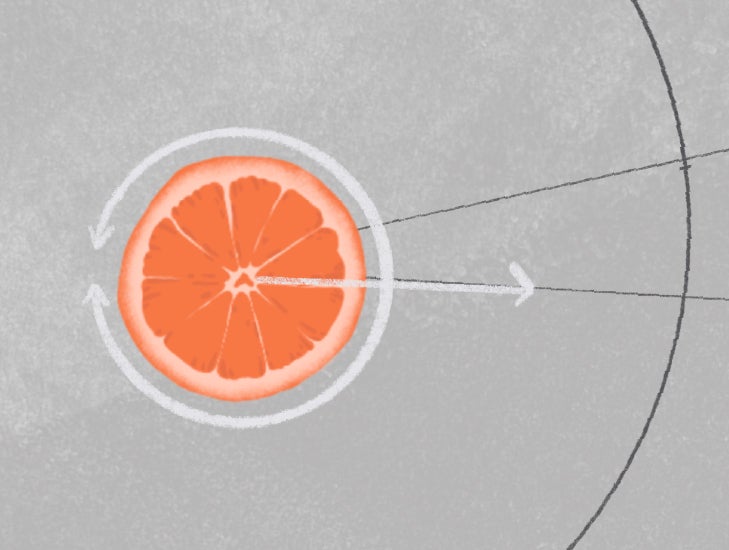Website content extracted from: Microplastics in food: Health risks and solutions (medicalnewstoday.com)
Most of the plastics produced globally are used for food and beverage packaging. During its use, however, plastic becomes worn and breaks into small fragments called microplastics. In this Honest Nutrition Feature, we explain the potential dangers of microplastics, how food becomes contaminated with them, and ways to reduce exposure.
Globally,
Exposure to some environmental conditions, such as heat, causes plastic to break into smaller fragments called microplastics, which can migrate into food.
Single-use water bottles, to-go containers, food cans, and storage wraps are examples of common plastic-based food packaging that contains microplastics.
Heating food in plastic packaging, long storage times, and the type of plastic packaging a person uses all
The microplastic chemicals present in food are a
Some common microplastics present in food include:
- bisphenol A (BPA): Manufacturers
use this plasticizer to make polyvinyl chloride, the “parent” plastic of many products. - dioxin: This is a
byproduct of herbicides and paper bleaching, which contaminate the environment. phthalates : These make plastics more flexible, transparent, and durable and are present in many types of food packaging.- polyethylene and polypropylene: These make packaging lightweight and durable and are the
most common plastics present in food and the environment.
Microplastics found in smaller quantities in food include BPA and BPF, mono-(3-carboxypropyl), mono-(carboxyisononyl), and mono-(carboxyisoctyl).
Microplastics are the fragments of stabilizers, lubricants, fillers, plasticizers, and other chemicals that manufacturers use to give plastics their desirable
However, experts have classified many of these chemicals as toxic and harmful to human health.
Below, we discuss some of the dangers of microplastics in greater detail.
Disrupting hormones
Scientists consider at least
Endocrine disruptors are
In particular, research has shown that exposure to BPA plays a role in
BPA competes with estrogen and testosterone for their receptors, reducing the amount of these hormones available for reproductive health.
Increasing risk of chronic disease
Research continues to demonstrate that long-term exposure to endocrine-disrupting microplastics increases the risk of developing
Experts associate higher blood levels of dioxins, phthalates, and BPs with pre-disease states of
Some
Impairing immune health
A
The gut plays an
Persistent exposure to microplastics in the gut is
Moreover, the surface of microplastics may harbor harmful bacteria that further compromise immune health.
Microplastics are
Research suggests that an average person in the United States may consume over
This figure increases to an estimated 90,000 in those who regularly consume plastic-based bottled water, and to 120,000 when considering the inhalation of microplastics from non-food sources.
The authors of a
These findings suggest that the amount of microplastics that people come into contact with and consume is much greater than experts once anticipated.
While eliminating your exposure to microplastics may not be possible, you can try to reduce the amount of microplastics you come into contact with and consume.
Here are some tips:
1. Limit highly processed foods
Research associates consumption of highly processed foods — such as hamburgers, ready-to-eat convenience meals, French fries, ice cream, soda, and canned foods — with higher levels of phthalate microplastics in the body. This effect is more pronounced in children.
Experts further speculate that the low nutritional quality of highly processed foods, combined with the harmful effects of the microplastics present in those foods, may be responsible for the development of chronic conditions, including heart disease.
The solution: Choose whole foods and minimally processed foods more often and limit or eliminate highly processed foods from your diet. This will help lower levels of endocrine-disrupting microplastics in the body.
2. Choose eco-friendly packaging
Using eco-friendly packaging
The solution: Opt for the following:
- glass storage containers, portable bowls, and water bottles
- stainless steel bento boxes and reusable water containers
- bamboo lunch boxes, bowls, utensils, and pantry storage jars
- rice husk bowls and storage containers
3. Use glass or stainless steel water bottles
Exposure to microplastics is almost
This may be due to the fact that heat and longer storage times that may be common with bottled water
The solution: Replace single-use or BPA-containing water bottles with glass or stainless steel ones to reduce exposure to microplastics.
Microplastics are the fragments of stabilizers, lubricants, fillers, plasticizers, and other chemicals manufacturers use to give plastics their desirable properties, such as transparency, durability, and flexibility.
Microplastics migrate into the food supply and cause health issues, such as increased inflammation, impaired fasting glucose, insulin resistance, type 2 diabetes, and heart disease.
Exposure to microplastics through food is high, but you can minimize it by limiting your consumption of highly processed foods, choosing eco-friendly food packaging, and replacing plastic water bottles with glass or stainless steel ones.




No comments:
Post a Comment
Note: Only a member of this blog may post a comment.